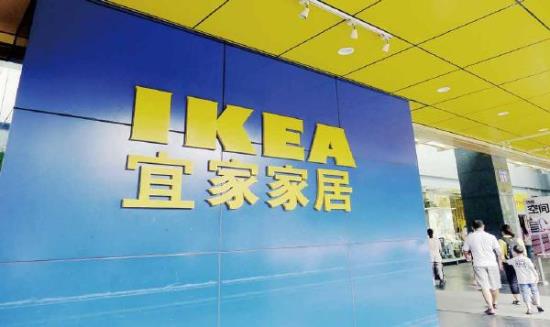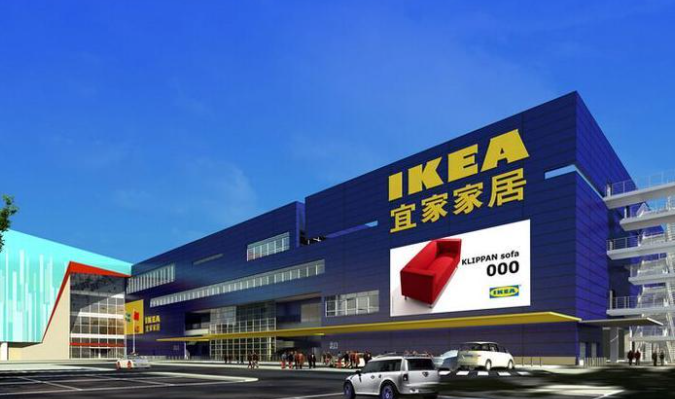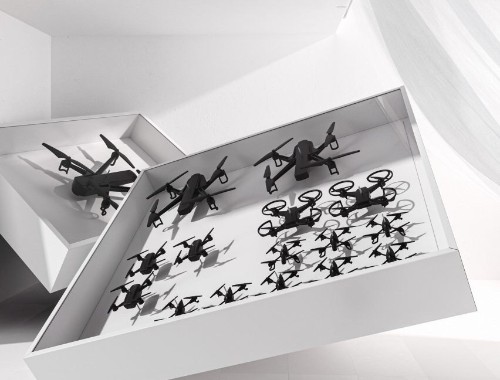What small businesses and startups can learn from IKEA
Source:lifehacker.com.au
IKEA is more than just a retailer of cookie cutter furniture. Behind the company’s huge success lies simple business philosophies that catapulted it into a household name; its furniture and lifestyle goods can be found in homes around the world.

IKEA is more than just a retailer of cookie cutter furniture. Behind the company’s huge success lies simple business philosophies that catapulted it into a household name; its furniture and lifestyle goods can be found in homes around the world. Small businesses and startups can learn a thing or two from IKEA that will help them grow.
Worthy Trade-Offs
The trade-off IKEA offers is simple: it will provide cheaper and well-designed furniture in exchange for customers to assemble the goods themselves. But on top of that, IKEA also has the tendency to employ less staff while providing incentives for shoppers to visit its stores. It’s a one-stop shop for a variety of furniture and homeware with playgrounds for kids and restaurants for you to take a break in between navigating through the IKEA labyrinth. A family can make a day out of shopping at IKEA.
While IKEA does invest money into making the shopping process an all-encompassing experience, it has actually done what is called ‘price simplifying’.
It rests on the idea that customers are willing to forgo traditional luxuries such as attentive service (which can be provided when there’s more staff on hand) if a business can offer other benefits that are both cheap and unique.
This is something that small businesses should think about when looking at how their company operates.
Learning Never Stops
IKEA commits itself to constantly researching the needs and wants of consumers to shape the way it designs products. Because of this, the company replaces one-third of its stock on an annual basis.
Marketing consultant Slawek Wilski noted this as one of the strongest attributes that IKEA possesses; its always learning and adapting:
“Key conclusion, right products or services will help you to be more successful in business. No matter the type of business are you into. Iterations and learnings just make things just work better.”
Supply Chain Matters
Hardware startups and small businesses that design and make their own physical goods have less resources than a large multinational corporation like IKEA. Often these businesses struggle with sales and supply chain, which are things that IKEA addressed long ago.
On the supply chain side, despite IKEA’s creativity when it comes to making new products, the company relies heavily on procuring off-the-shelf components. While it does make its own parts at times, IKEA has a supply chain that involves a number of suppliers each providing common components that are also used by other furniture makers.
According to Ben Einstein, product designer and general partner at venture capital firm Bolt, it’s tempting to use custom parts to create the best product possible, but going outside the existing supply chain ecosystem of your industry could cost you a lot more than you think:
“It’s not just the cost of sourcing and developing a custom part. Every custom part has only one supplier that must be constantly validated for cost, quality, schedule, payment terms, reliability, etc. For example, if your design calls for custom machined screws, you may find maintaining a certain level of quality and reliability is far more difficult versus using a standard off-the-shelf commodity screw.
You’d be better altering the design of your product so that you can leverage commodity suppliers in order to save a chunk of time and money.
(Source: lifehacker.com.au Author: Spandas Lui)





 沪公网安备31010402003309号
沪公网安备31010402003309号



